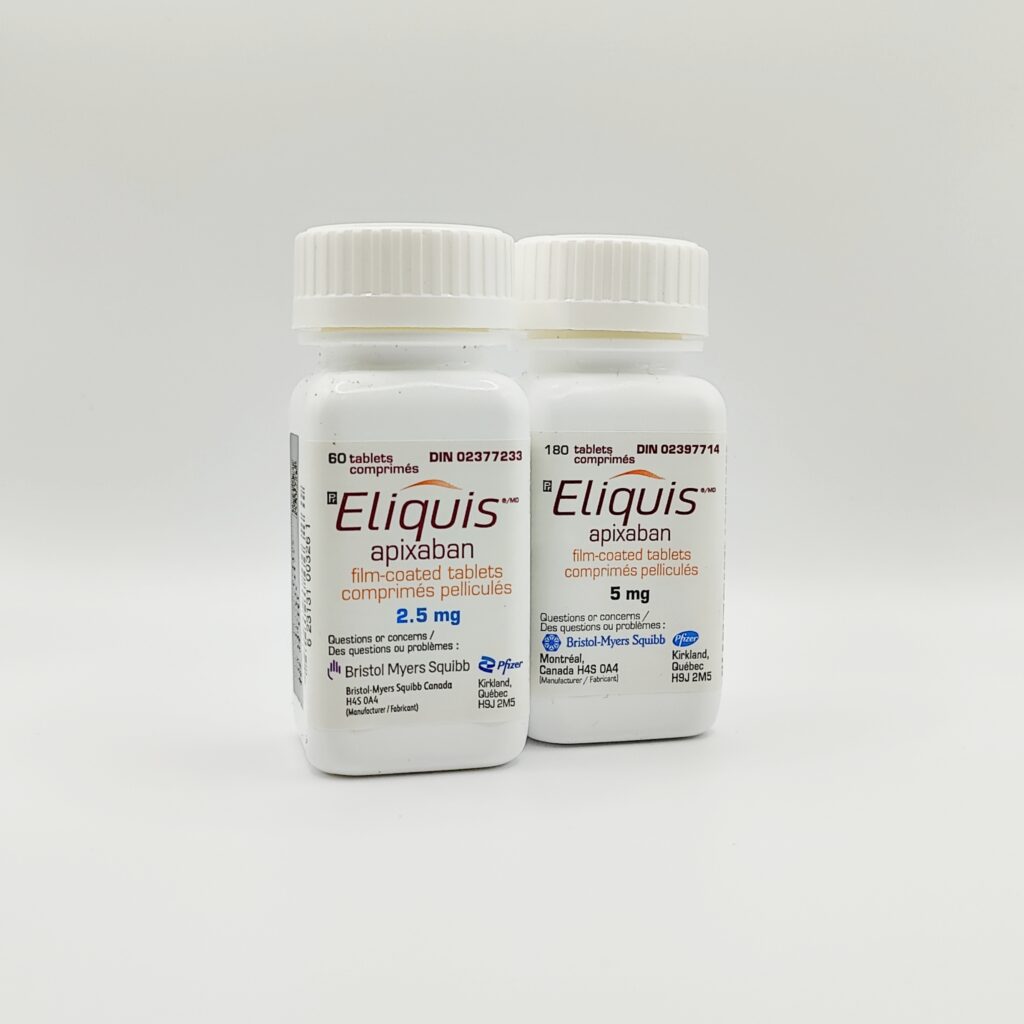For years, warfarin was the main oral anticoagulant available to prevent blood clots and strokes in patients with atrial fibrillation, deep vein thrombosis (DVT), or pulmonary embolism (PE). In recent years, newer medications known as direct oral anticoagulants (DOACs), such as apixaban (Eliquis), rivaroxaban (Xarelto), dabigatran (Pradaxa), and edoxaban (Savaysa), have become common alternatives.
If you’re currently on warfarin, your doctor may suggest switching to a DOAC because they are easier to manage, have fewer food interactions, and require no routine INR monitoring. But making the switch safely is important, this guide explains how the transition works and what to expect.
Why switch from warfarin to a DOAC?
DOACs offer several advantages over warfarin, including:
- No regular INR checks — fewer clinic visits.
- Predictable dosing — most patients take the same dose daily.
- Fewer food restrictions — vitamin K intake doesn’t interfere with the drug.
- Faster onset and offset — therapeutic levels are reached within hours instead of days.
For many patients, switching can also improve quality of life and reduce the burden of blood testing.


